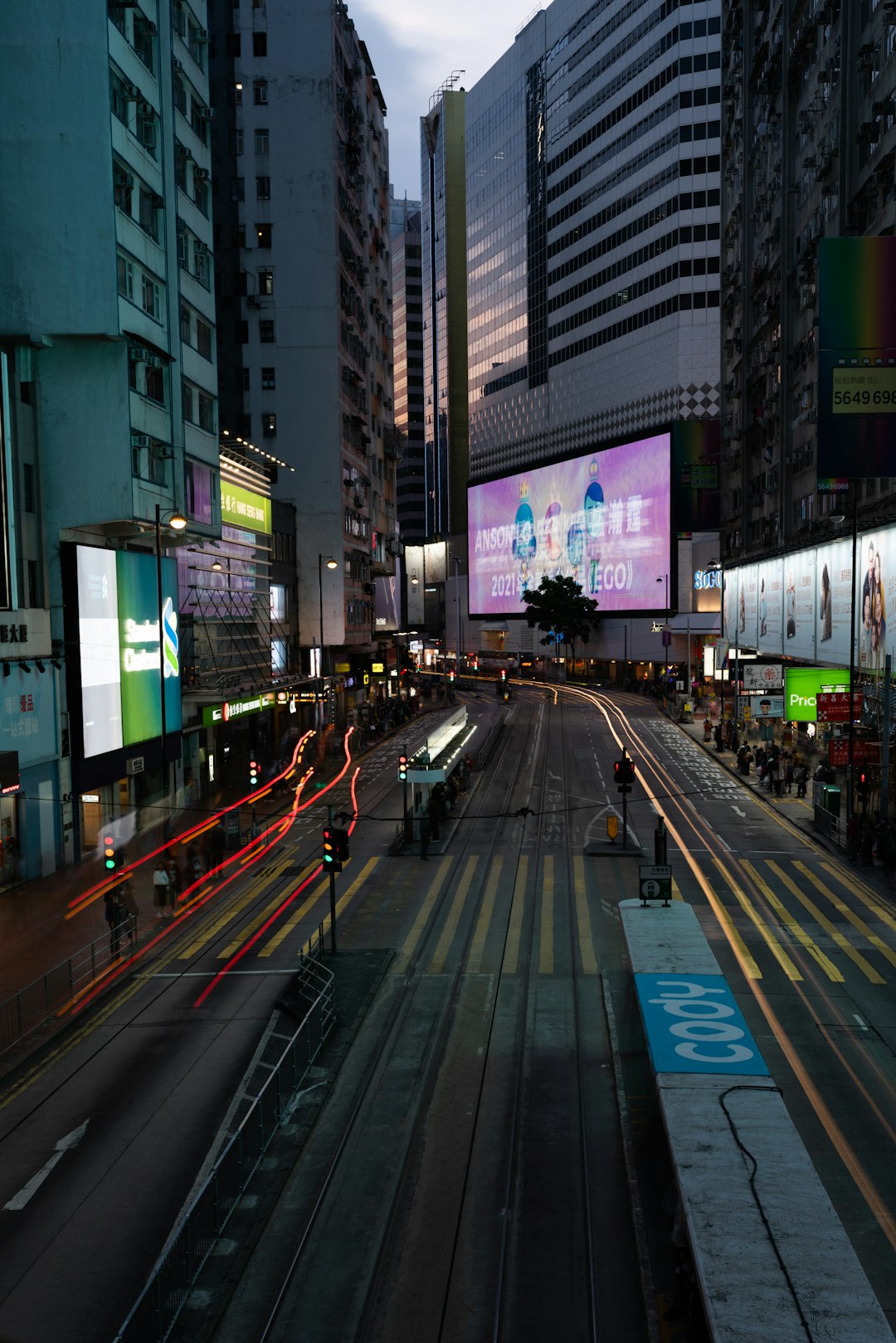Each year, e-commerce platforms miss out on billions of dollars due to one recurring issue: cart abandonment. Shoppers arrive, browse, add products to their carts—and then disappear. Known in the industry as “ghost shoppers,” these elusive visitors often leave without a trace. Businesses have struggled to understand and re-engage these prospects, until the practice of retargeting emerged as a game-changing strategy.
TL;DR
Retargeting abandoned cart shoppers has proven to be a highly effective way of converting lost opportunities into loyal customers. By using data-driven campaigns, personalized messaging, and timely outreach, businesses can re-engage visitors who left their carts behind. These strategies not only recover lost revenue but also build long-term customer relationships. When implemented properly, retargeting turns ghost shoppers into returning buyers and brand advocates.
Why Cart Abandonment Happens
Before diving into how retargeting can resolve the issue, it’s essential to understand why shoppers abandon carts in the first place. According to various studies, including those by the Baymard Institute, over 70% of online shopping carts are abandoned. Key reasons include:
- Unexpected Costs: Shipping, taxes, and hidden fees revealed at checkout.
- Complicated Checkout Process: Lengthy forms, mandatory account creation, or unclear navigation.
- Security Concerns: Lack of trust in the website to handle sensitive information.
- Browsing Behavior: Customers who are merely researching or comparing prices.
- Technical Glitches: Webpage crashes, loading errors, or poor mobile compatibility.
Understanding these pain points is the first step toward addressing abandonment head-on through effective retargeting strategies.
What Is Retargeting and How It Works
Retargeting is a digital marketing technique that involves showing ads or sending emails specifically to users who have previously engaged with your website or products but left without completing a purchase.
This is achieved through:
- Cookies: Installed on the customer’s browser to track behavior.
- Email Capture: Usually done through opt-ins or during the checkout process.
- Custom Ads: Provided on platforms like Google Display Network, Facebook Ads, and Instagram.
- Automation Tools: Workflows that trigger specific messages based on a user’s actions or inaction.
The ultimate goal is to remind, entice, and convert the potential buyer by delivering targeted content that aligns with their demonstrated interest.
The Psychology Behind Retargeting
Retargeting taps into the core psychological principle of familiarity. When customers see a product repeatedly in their digital environment, they start developing a connection with it. This is known as the “mere exposure effect,” a psychological phenomenon where people develop preferences merely because they are familiar with something.
Additionally, retargeting introduces the concept of loss aversion. When a customer receives a reminder saying that their cart items may run out soon or that a discount is limited-time only, they’re more likely to act quickly.
Email Retargeting: The Gold Standard
Email retargeting remains one of the most effective approaches, thanks to its ability to deliver personalized messages directly to the user. Best practices include:
- Timing: Send the first email within one hour of cart abandonment.
- Personalization: Include the shopper’s name and details of the items they left behind.
- Incentives: Offer a discount, free shipping, or bundle to encourage completion.
- Follow-Up: A series of 2 or 3 emails can exponentially improve conversion rates.

Brands that mastered this technique have reported anywhere from 10% to 30% recovery of abandoned carts, significantly boosting their revenue with minimal effort.
Social Media Retargeting: Staying Where Your Customers Are
Platforms like Facebook and Instagram are ideal for reconnecting with ghost shoppers. By installing tracking pixels on their websites, businesses can serve tailored ads that show up seamlessly in users’ social feeds. These ads can include:
- Carousel Ads: Displaying all the items left in the cart.
- Dynamic Product Ads: Automatically populated with specific products browsed or added to the cart.
- Video Ads: Highlighting product benefits or customer testimonials.
This approach not only increases visibility but also subtly nudges the user toward finalizing their transaction without appearing too aggressive.
Web Retargeting: The Omnichannel Approach
Website retargeting uses display ads across the Google Display Network and other third-party websites. This method involves ads that “follow” the user as they browse other parts of the internet. The omnichannel visibility multiplies the number of brand touchpoints, which is crucial in customer journey optimization.

For instance, if a customer browsed a pair of sunglasses but didn’t purchase them, a banner ad might later appear on their favorite news website or blog, reminding them of that missed opportunity.
How Retargeting Builds Loyalty
While the immediate goal of retargeting is transaction recovery, the long-term effect is customer retention. When done right, retargeting demonstrates that your brand understands and cares about the customer’s preferences and buying intent.
Here’s how retargeting nurtures loyalty:
- Consistency: A strong continuous brand presence across channels fosters trust.
- Relevance: Tailored ads and messages make the customer feel recognized, not just marketed to.
- Timeliness: Prompt communication preserves the shopper’s momentum and interest.
- Exclusive Offers: Showing appreciation through special deals can turn one-time buyers into repeat customers.
Regular engagement through well-timed follow-ups creates familiarity, an essential pillar in building customer loyalty. Businesses that personalize their retargeting campaigns report as much as a 5x increase in customer lifetime value (CLV).
Real-World Success Stories
Take the example of a fashion retailer that integrated cart abandonment retargeting through email and paid ads. Within just three months, the company saw:
- A 27% increase in recovered carts
- A 12% rise in average order value due to bundled product retargeting
- And most importantly, a twofold increase in repeat customer purchases
Another case involved a small cosmetics brand using Instagram retargeting ads with user-generated content. Their ad recall lifted significantly, with over 40% of re-engaged users purchasing within a week, establishing them as loyal customers through targeted remarketing combined with community-driven visuals.
Best Practices for an Effective Retargeting Strategy
If you’re planning to incorporate or refine your retargeting efforts, consider these best practices:
- Segment Your Audience: Not all ghost shoppers are the same. Use transactional data and behavior patterns to tailor content.
- Test & Optimize: A/B test your subject lines, creatives, and call-to-actions regularly.
- Respect Frequency: Bombarding users can lead to ad fatigue. Cap frequency to prevent annoyance.
- Leverage Automation: Automate campaigns using AI tools for better timing and customization.
Conclusion
Abandoned carts are not the end of the customer journey; they’re merely a detour. Retargeting offers a bridge back, converting fleeting interest into long-term loyalty through smart, personalized, and respectful outreach. By understanding why shoppers leave and leveraging the right retargeting strategies across email, social, and web platforms, businesses can breathe new life into lost opportunities. In today’s data-driven landscape, where competition is fierce but tools are powerful, retargeting is no longer optional—it’s essential.
